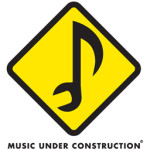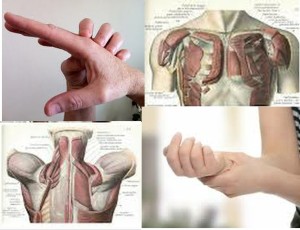Playing an instrument is a physical activity, so you need to stay strong, balanced and flexible. There are five areas to be aware of in order to stay strong — general health and exercise; muscle movement vs tendon use; rest b reaks; varying our positions; and maintaining natural positions. Here are few tips about each of these, plus some book titles at the end. I hope you find this helpful!
reaks; varying our positions; and maintaining natural positions. Here are few tips about each of these, plus some book titles at the end. I hope you find this helpful!
1. Getting general exercise is key to avoiding problems due to specific musical activities. The fiddle requires some unbalanced movements — for example, Continue reading Staying Strong




